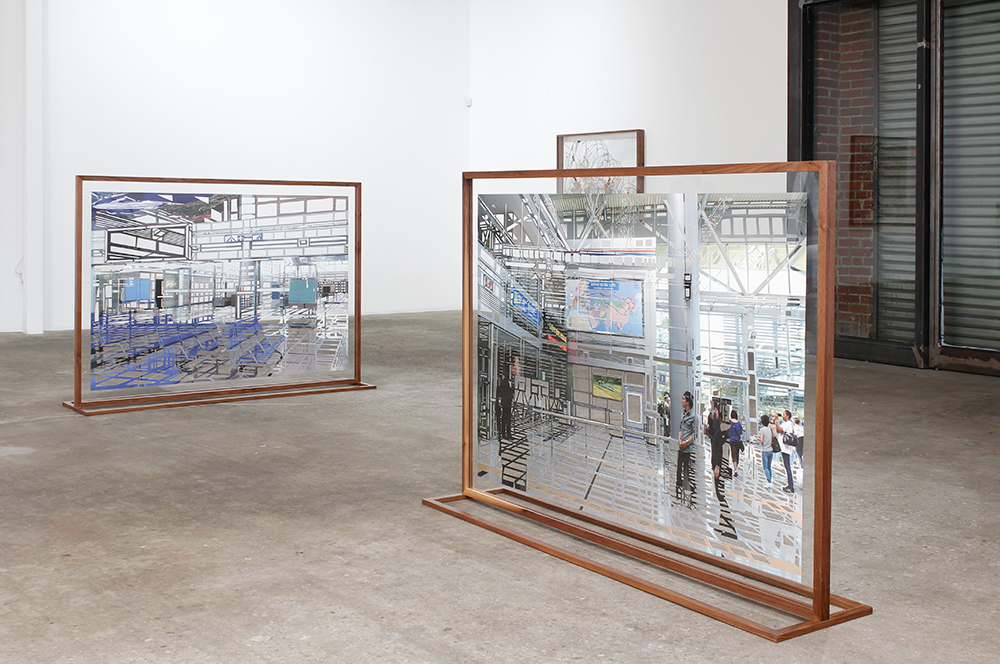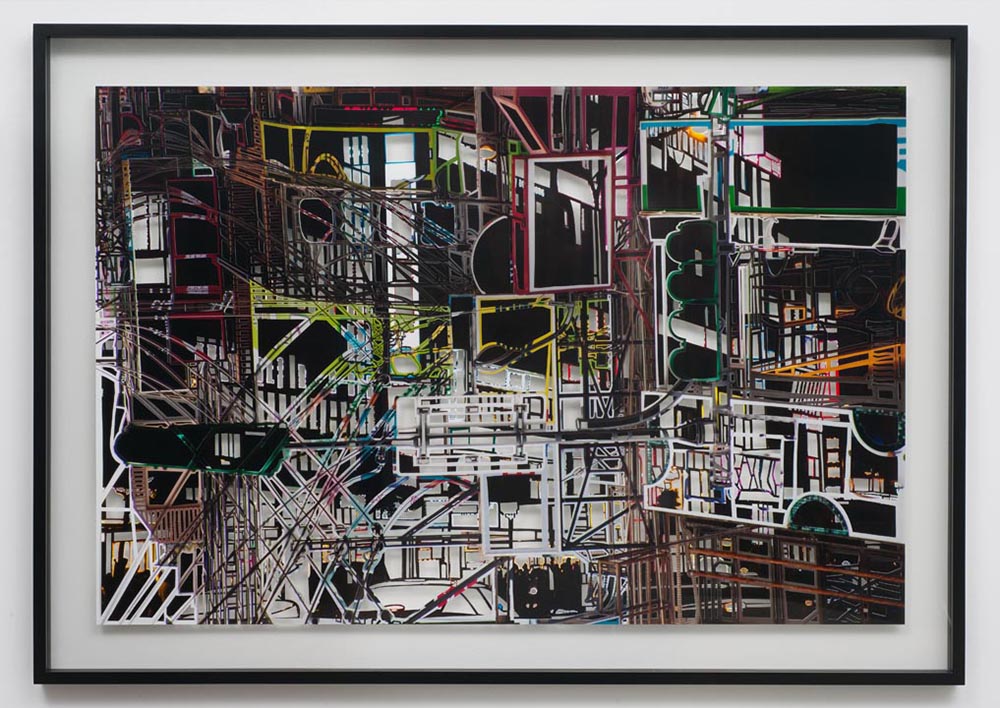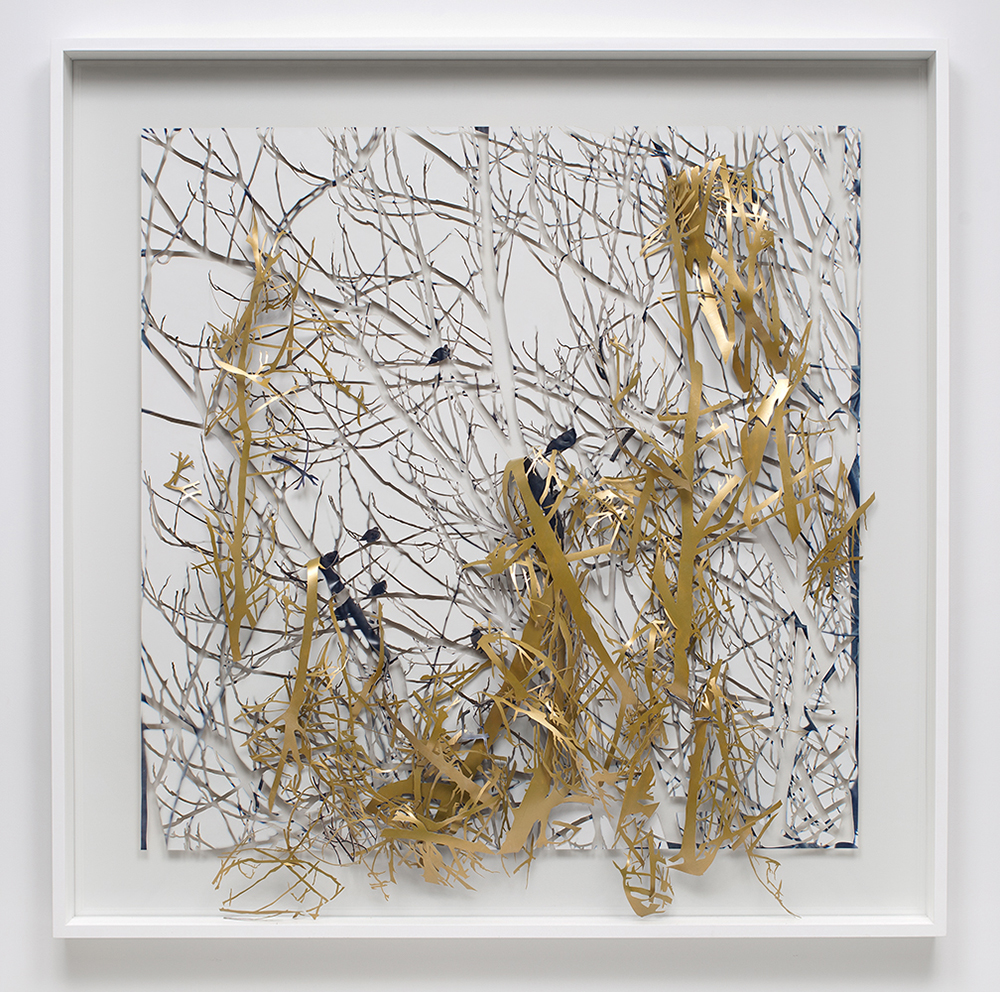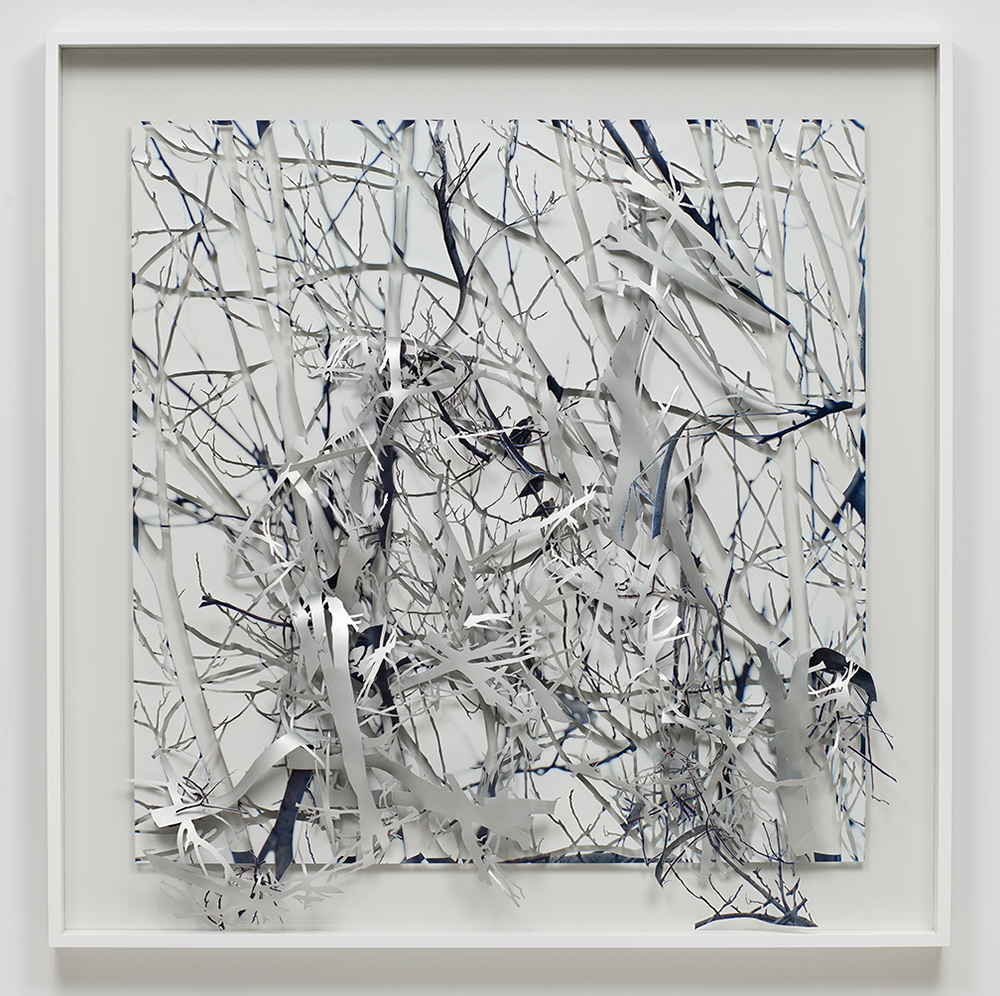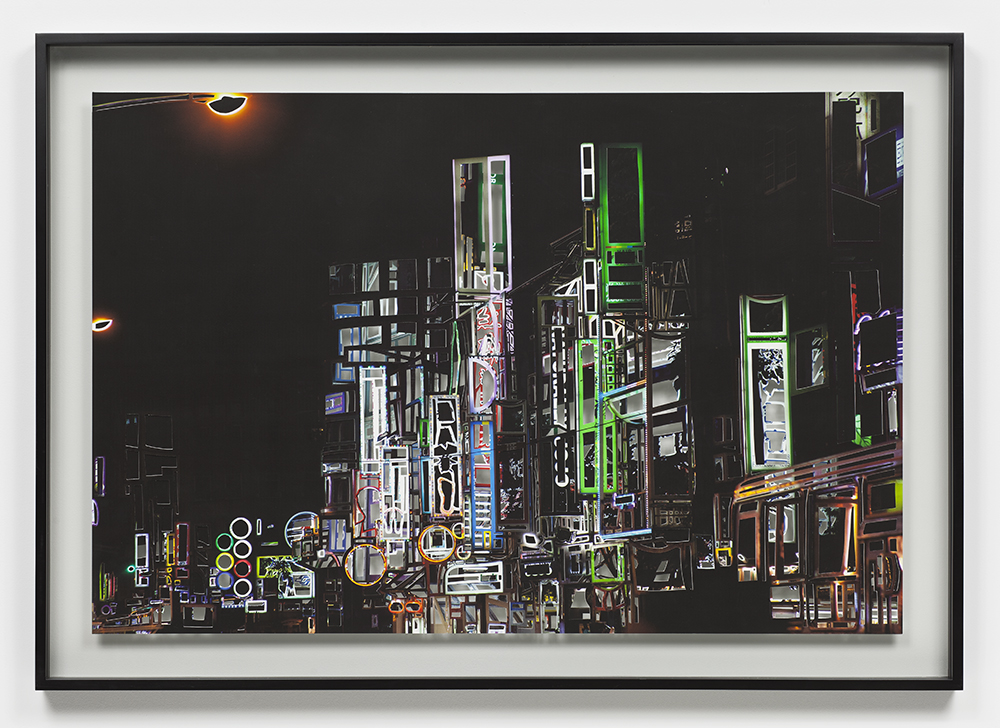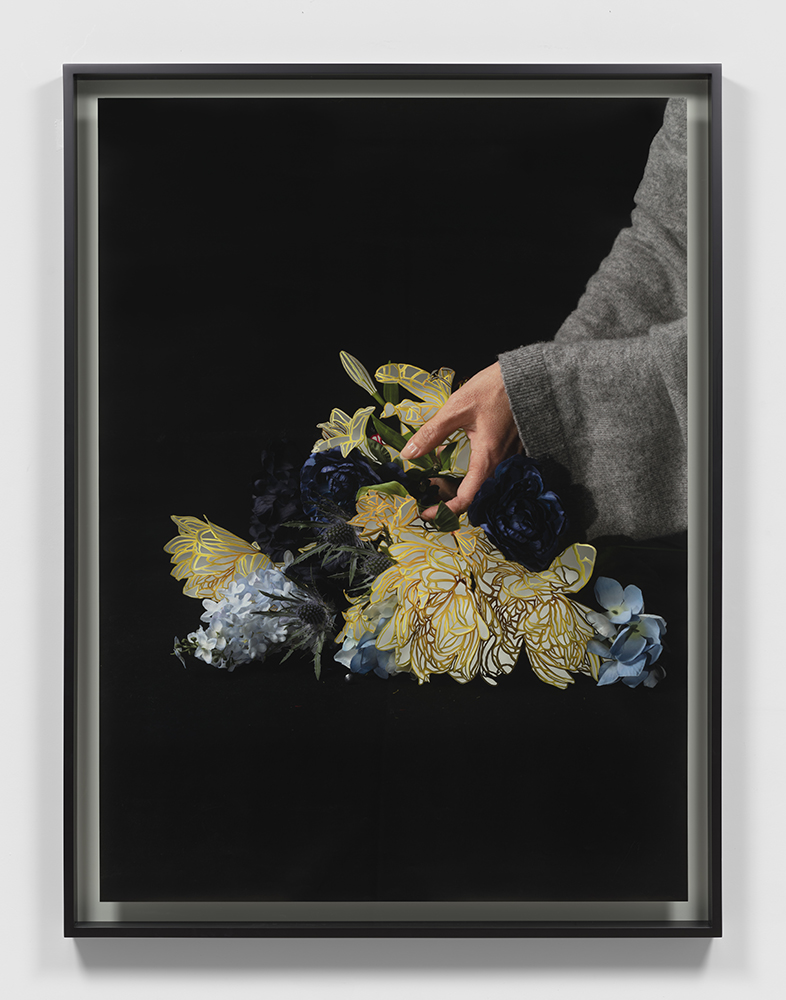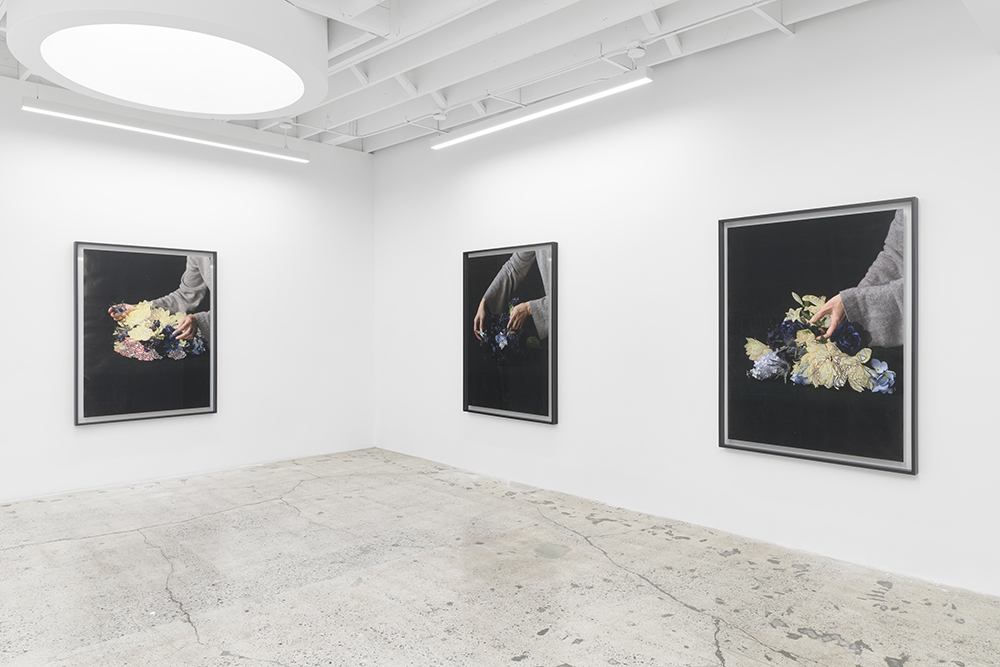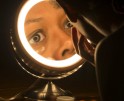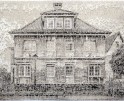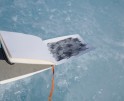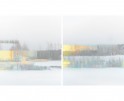Photography Into Sculpture: Soo Kim
I discovered Soo Kim’s work while researching contemporary artists who work with photography. The meticulous craftsmanship of her unique artworks and the underlying concept immediately grabbed my attention.
Photography is a subtractive medium; what we leave out of the frame is as important as what we include. Soo take this idea even further. With the precision of a surgeon, she physically cuts and layers photographs. The subjects of her practice are primarily architecture and cities. These busy complex scenes tend to feel a bit more vulnerable with the cut openings. The resulting objects address presence and absence and investigate the validity of the whole image. The materiality of the medium becomes significant as we look deeply at what is revealed and what has been removed in the final forms. Her works are site sensitive as the surrounding environment converses with the parts of the photograph that have been cut away. These artworks ask that we slow down and pause, and look, and keep looking.
I asked Soo Kim a few questions via email. Read below for her thoughtful responses.
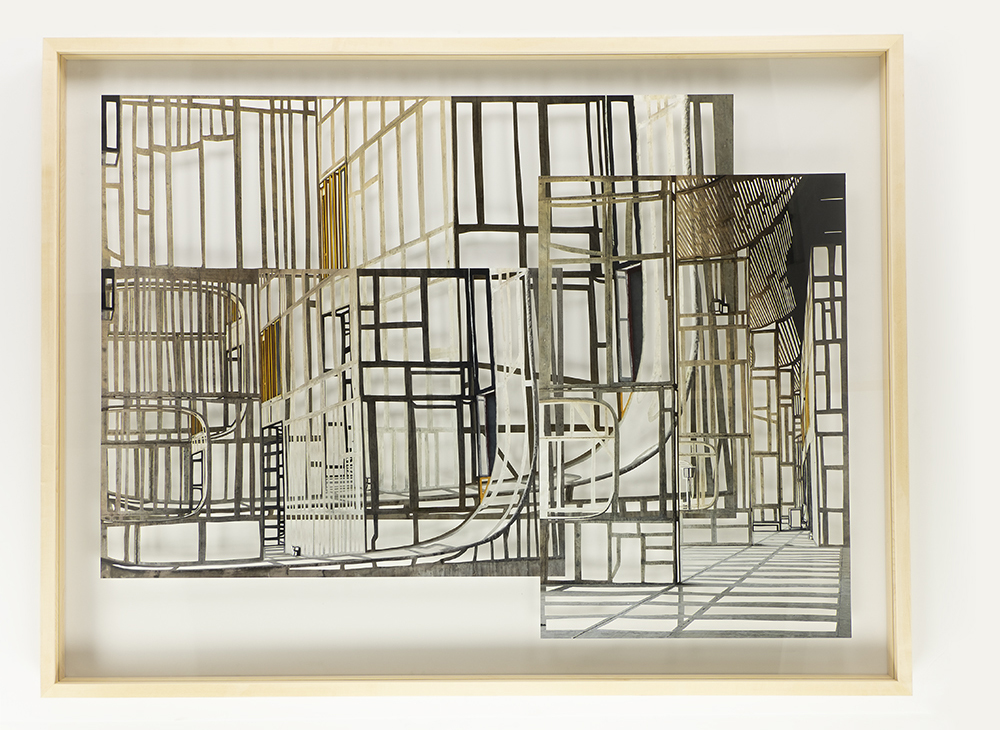
©Soo Kim, The City Beautiful ( She pauses, thinking, sitting quite still. Her feet are bare and her shoes are placed neatly to one side. He is painting her portrait), 2021, Three hand-cut archival pigment prints
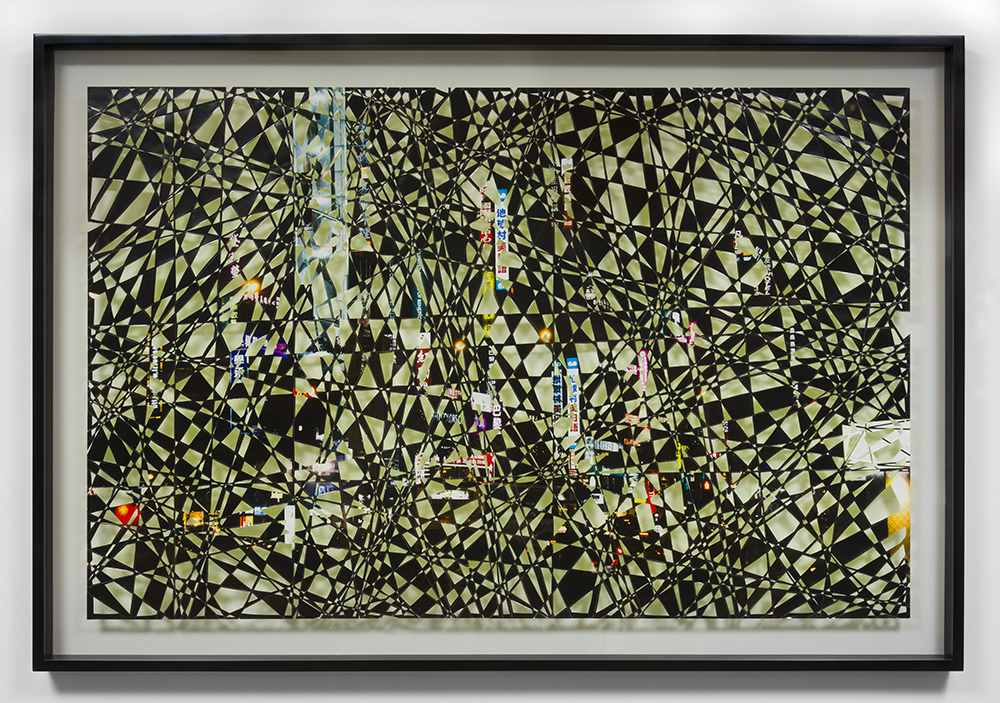
©Soo Kim (He turns on him suddenly, reaches out a hand), 2014 Hand-cut pigment print, acrylic lacquer
Elizabeth Stone: What makes you laugh?
Soo Kim: The absurdity of life.
Elizabeth Stone: What is one beautiful thing today that you didn’t notice yesterday?
Soo Kim: I thought as I grew older, life would become increasingly uncomplicated and straightforward and my feelings would get blunted. Today I was stroking my kid’s hair and noticing the details of their latest tattoo, and felt overwhelmed by the delicacy and tenderness of them. I remember a similar feeling when they were a baby and I was a new parent. I thought my days of feeling overcome had subsided, but it hadn’t at all. Perhaps I’m immature, but I’m glad that I haven’t outgrown these feelings that I thought would surely be softened by the passing of time.
Elizabeth Stone: When did you grab a scalpel or Exacto knife and start cutting your prints? Was there a catalyst?
Soo Kim: I started cutting out parts of the photographic picture plane in my work around 2000.
In studio visits, I often received comments about the quietness of my work, that it felt restrained. I didn’t think of my work like that at all, perhaps it was a projection of my personal qualities onto the work or of certain stereotypes. I am fairly quiet and self-contained, but qualifying my work as such seemed like an assumption of an Asian female stereotype. So rather than argue against that, I wanted to address it directly and amplify the quiet restraint using a vocabulary of absence, removal, voids, silence, and subtraction in my work. I cut out parts of the picture plane in my photographs so that you would have to think about what I’d removed, what is absent, what is gone, what is silent. I was interested in how the cut-out voids operate in the picture; how they sit with and affect what remains depicted in the photograph. What is subtracted and invisible is as important as what remains. Both absence and presence have to be considered.
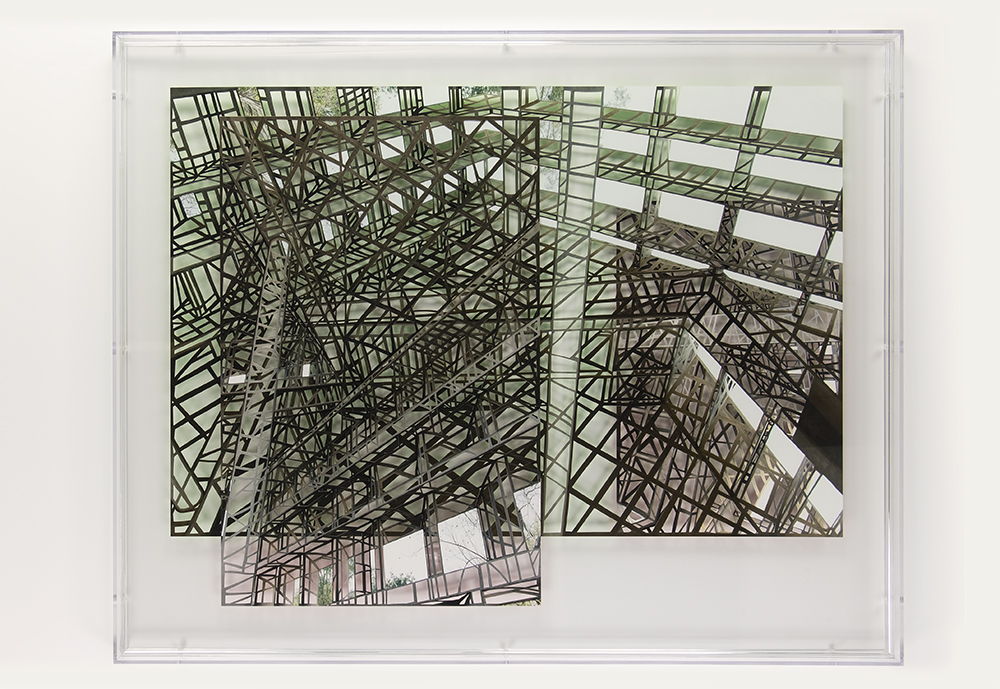
©Soo Kim, The City Beautiful (She has unconsciously crossed her legs, which brings his work to a halt. He waits, patiently. She notices that he has stopped), 2021 Three hand-cut archival pigment prints
Elizabeth Stone: What keeps you working?
Soo Kim: It is a great privilege to be an artist. To have found a way to think and speak through making work, and to have my work shown and seen is especially meaningful to me. The use of absences and removals in my pictures furthers the understanding and reading of the photographic image. A lot of my interests and ideas take me to places where I can think through questions of national sovereignty and the ways in which architecture shape and form communities through photographs. I feel engaged with those ideas and have much investigating to do. Over the last six years, I’ve produced some public art projects that have let me work with new techniques and scales, audiences, materials and site-specific spaces. That new context for my work has been really interesting.
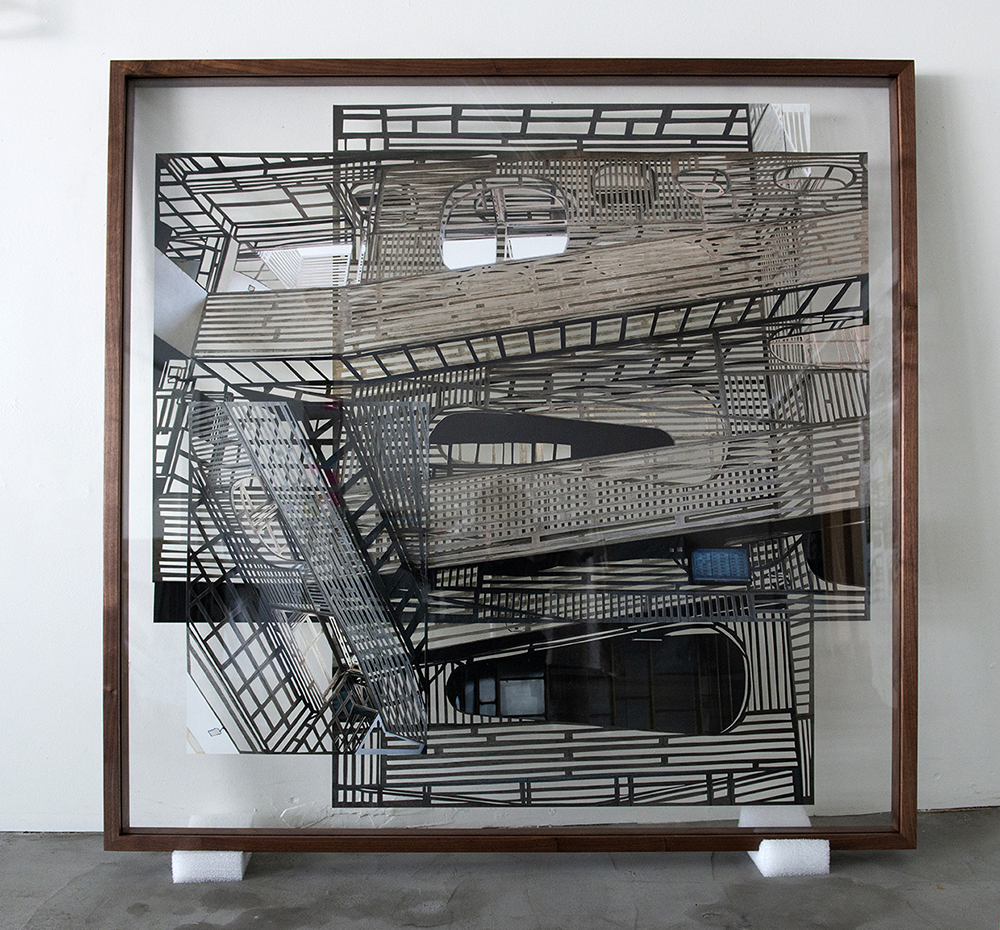
©Soo Kim, The City Beautiful (She puts her letter into an envelope and seals it), 2020 Three hand-cut archival pigment prints of varying dimensions
Elizabeth Stone: Do you decide before you start cutting your photograph which areas will disappear or do you work intuitively or a little of both?
Soo Kim: The idea varies from one body of work to another. I do have a structure in mind for what information/parts of the picture gets removed but that could change over the course of the making of the works. I don’t adhere to a system that is absolute. I learn while the work is in process, and in many ways my practice is mistake- driven. Those mistakes often lead me to a new direction I hadn’t envisioned.
Elizabeth Stone: What do you fear?
Soo Kim: Losing the people I loved. My sister and I were my mom’s caregiver for a few
years. In those heartbreaking and beautiful days, my mom quietly and gently taught me that love never dies. With COVID-19, we experienced death and loss in unbelievable ways, we couldn’t touch or gather, and the losses
were enormous.
My last solo show, Aria, was comprised of photographs of a bouquet of primary colored flowers being arranged and rearranged against a black ground. Referencing Bas Jan Ader’s 1974 film, Primary Time, the bouquet’s arrangement changes from image to image, from a multicolored to monochrome bouquet. The flowers I chose were a mix of real and artificial flowers, with tiny frayed pieces of fabric from the artificial flowers remaining on the tabletop from the handling of the bouquet. Flowers are powerful; we use them for celebrations, births, and deaths, but in real life they do not last. These flowers offer their beauty while reminding us of the impermanence of life.
Elizabeth Stone: What other profession intrigues you? Why?
Soo Kim: I wish I could write poetry. I wish I could compose music.
I gravitate to poetry and music because they’re not visually based works. Of course, I’m most drawn to the visual.
Elizabeth Stone: Do you listen to music when you work or do you prefer the quiet?
Soo Kim: I listen to a mix of several things, and it changes all the time. I used to listen to music at times, the news at other times, shuttling between the two. Lately I find that I’ve been working in silence more often than not. Unfortunately, making my work requires too much focus for me listen to audio books!
Elizabeth Stone: How do you see your work evolving in the next five years?
Soo Kim: I’ve increasingly been thinking about how to make my practice less specific in terms of distinct bodies of work; to have those containers/divisions of works be more porous. I’d like to bring works from different bodies of work in conversation with each other together in an exhibition. Not necessarily a retrospective that spans my practice, but an exhibition where I can organize works to form specific connections and conversations, arguments and discontinuities, between work outside the specific boundaries of the time in which the works were made.
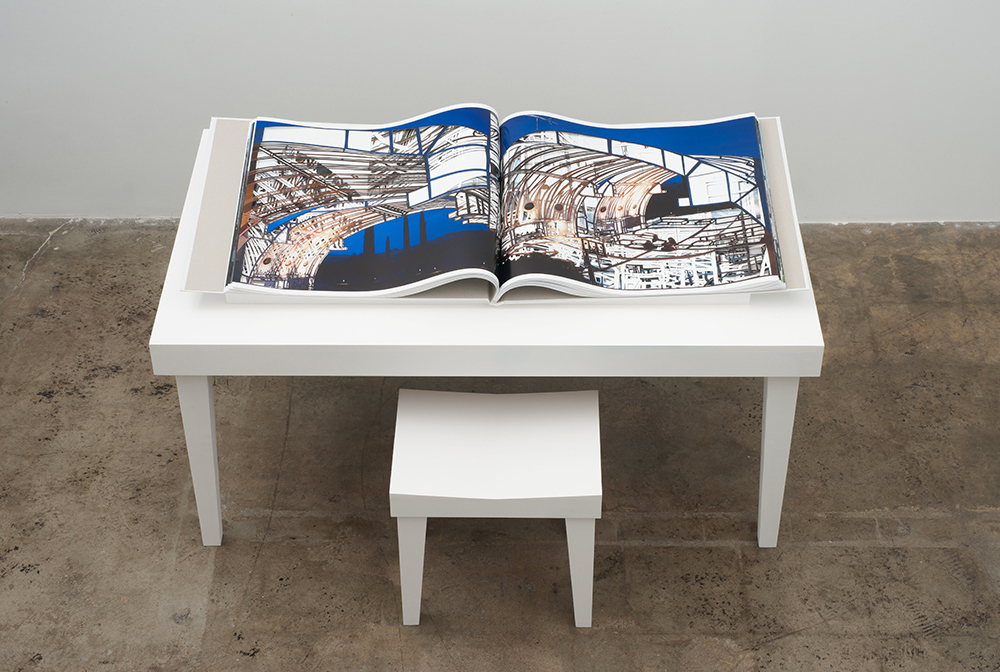
©Soo Kim, In Light of the Moment, 2012 25 hand-cut photographs, hand-bound with silkscreen cover. Text by Joshua Clover Closed cover dimensions: 28 ½ x 25 ¾ x ¾ inches
Soo Kim’s work has been the subject of solo exhibitions at Anal Ebgi gallery, Los Angeles; Angles gallery, Los Angeles; Sandroni Rey gallery, Los Angeles; Julie Saul gallery, New York; The Pasadena Museum of California Art; and the Pomona College Museum of Art.
Her work has been included in group exhibitions at the Getty Center, Los Angeles; The 2002 Gwangju Biennale, Korea; Weatherspoon Art Museum, North Carolina; the Orange County Museum of Art; Architecture and Design Museum, Los Angeles; Art Sonje, Korea; Islip Art Museum, New York; the Museum of Photographic Arts, San Diego; Susan Hobbs Gallery, Toronto; Frances Lehman Loeb Art Center at Vassar College, New York; Seoul Museum of Art, Korea; and the Honolulu Museum of Art, among others.
Kim’s work is in public collections, including The Getty Center, The Broad Foundation, The Albright-Knox Art Gallery, the Los Angeles County Museum of Art, Museum of Photographic Arts, San Diego, North Carolina Museum of Art, and The Escalette Collection of Art, Chapman University.
Soo Kim’s upcoming exhibitions and announcements:
Group exhibition:
Sculpture Into Photography (working title), Moskowitz Bayse gallery, Los Angeles, California, July – August 2023
Public projects:
Remember and Imagine 2022-2023, Commissioned by El Segundo Visual Artists Program
Night / Quartz, 2018-2024, Westside Purple (D Line) Project, Wilshire / La Cienega station Commissioned by LA Metro, Arts and Design opens 2024.
A monograph of her work, A Week Inside Two Days with essays by Fred Moten, Joshua Clover, Mohamed Sharif and Charlotte Cotton was published in 2018.
Follow Soo Kim on Facebook at Soo Kim and on Instagram @soo_kim_studio
Follow Elizabeth Stone on Instagram @elizabethstonevisualartist
Posts on Lenscratch may not be reproduced without the permission of the Lenscratch staff and the photographer.
Recommended
-
The International Women in Photo Association Awards: Louise Amelie: What Does Migration Mean for those who Stay BehindMarch 12th, 2024
-
Janna Ireland: True Story IndexFebruary 17th, 2024
-
Krista Svalbonas: What Remains at the Marshall GalleryJanuary 26th, 2024
-
Amber Zora: Cold CoastDecember 28th, 2023
-
Naohiro Maeda: Where the Wild Things AreDecember 26th, 2023

